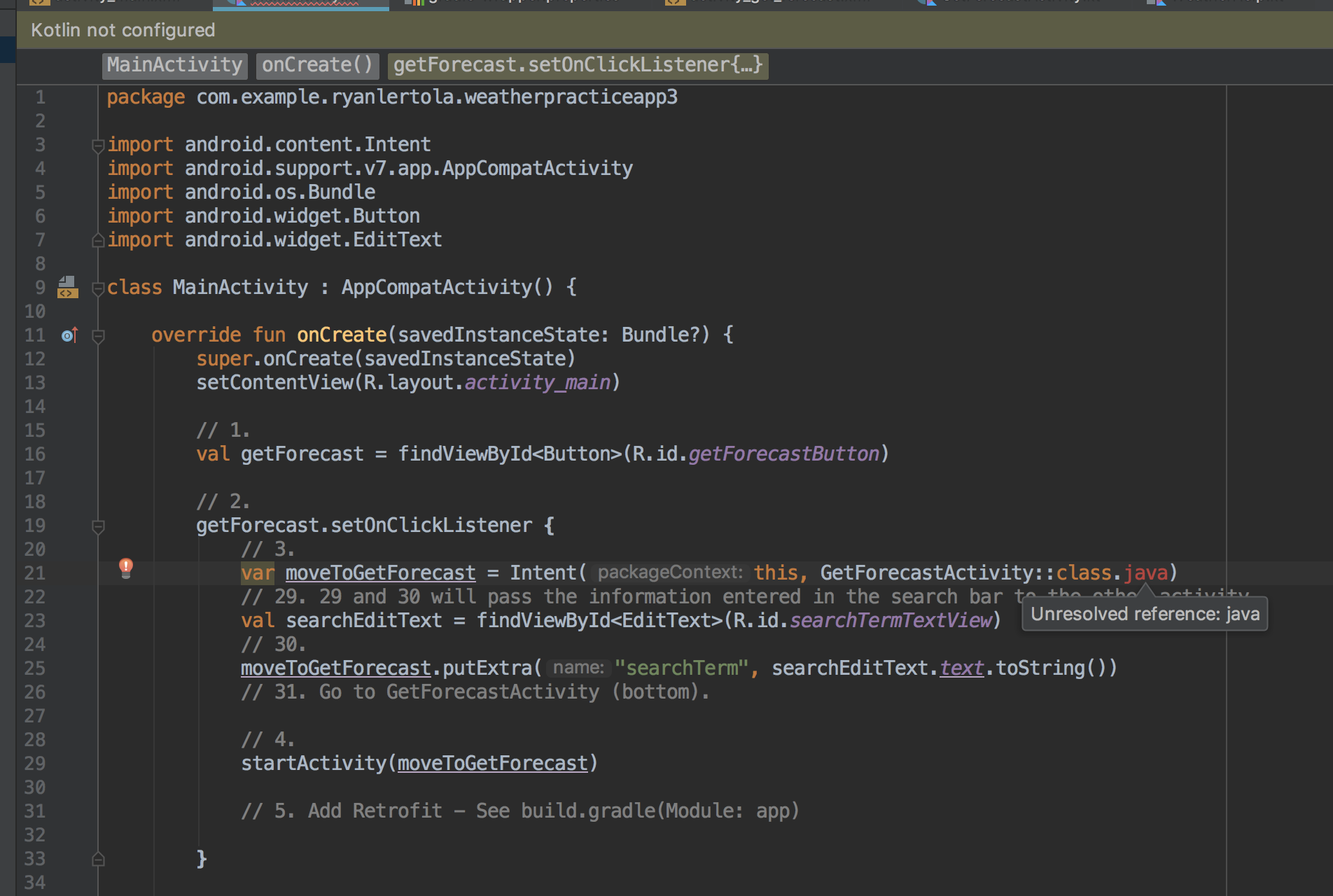

ISRO CS Syllabus for Scientist/Engineer Exam.ISRO CS Original Papers and Official Keys.GATE CS Original Papers and Official Keys.DevOps Engineering - Planning to Production.Python Backend Development with Django(Live).Android App Development with Kotlin(Live).Full Stack Development with React & Node JS(Live).Java Programming - Beginner to Advanced.Data Structure & Algorithm-Self Paced(C++/JAVA).Data Structures & Algorithms in JavaScript.Data Structure & Algorithm Classes (Live).This.locationSettingsRequest = builder.build() LocationSettingsRequest.Builder builder = new LocationSettingsRequest.Builder() īuilder.addLocationRequest(this.locationRequest) (LocationRequest.PRIORITY_HIGH_ACCURACY) (FASTEST_UPDATE_INTERVAL_IN_MILLISECONDS) This.locationRequest = new LocationRequest() Private static final long FASTEST_UPDATE_INTERVAL_IN_MILLISECONDS = 1000 Private static final long UPDATE_INTERVAL_IN_MILLISECONDS = 1000

Private LocationSettingsRequest locationSettingsRequest Private LocationCallback locationCallback Private FusedLocationProviderClient mFusedLocationClient Private static final Wherebouts instance = new Wherebouts() * Uses Google Play API for obtaining device locations Import .location.LocationSettingsRequest Import .location.FusedLocationProviderClient

Then you can use this class Wherebouts.java: import If you are currently using the Android framework location APIs, you are strongly encouraged to switch to the Google Play services location APIs as soon as possible.įor you to use the Google Location API, first add this to your adle compile ':play-services:11.0.0' Google Play services location APIs are preferred over the Androidįramework location APIs (android.location)

Which is the Fused Location Provider and the main entry point for interacting with the fused location provider by Google, and it is very hard to find a good example.


 0 kommentar(er)
0 kommentar(er)
